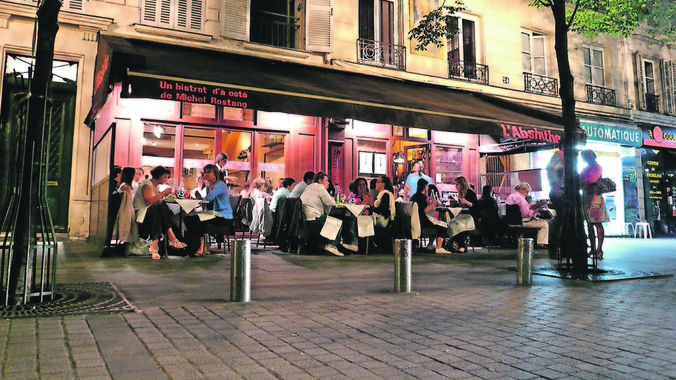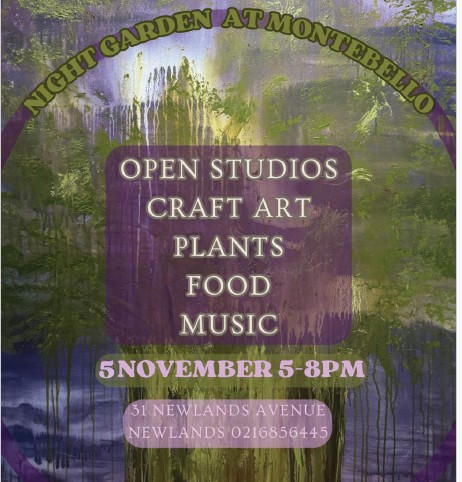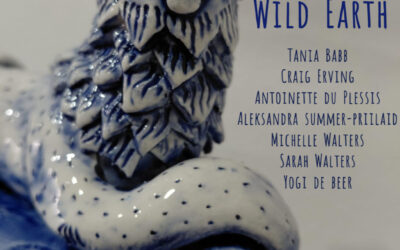Paris, where the brandy beckons. It has a long French history, but brandy also has a heady South African past and a promising future, writes Katlego Mkhwanazi.
Cold air greets me as I step outside Charles de Gaulle Airport. I thought I’d dodged trench-coat weather in Johannesburg but I discover it’s 4°C at 6am in springtime Paris.
“I don’t think I packed enough warm clothes,” says a fellow journalist. We are being chaperoned by Cognac brand Martell ahead of its 300th anniversary celebrations in Paris.
Although the Martell Cognac House was born in France in 1715, cognac has a home in Africa too.
In the 16th century, Dutch settlers arrived at what today we call the Cognac region in France to buy items such as wine and to preserve the wine on their long journey home, it was distilled twice to produce brandewijn.
Now in South Africa when you say the word “brandy”, an image of an oom mixing his brandy with coke might be the first thing that pops up. Nothing about that picture says sophistication but when you attach the word “cognac” to brandy, then an illusion of class is created.
In 2014, KWV, in partnership with the French House of Maison Charpentier, unveiled South Africa’s “first and only” XO (Extra Old) Cognac produced under a South African brand name.
KWV House of Brandy in Worcester is renowned for being the biggest brandy distillery in the southern hemisphere.
If we get technical, the term brandy refers to grape-based spirits and, while the European legislation requires those spirits to be aged for at least six months, South Africa requires that all brandies must be aged for a minimum of three years.
Cognac and a pot-still brandy are produced in a similar way – they are toasted in French oak barrels. But real French brandy must come from the Cognac region in France.
See full article by Katlego Mkhwanazi in the Mail & Guardian






